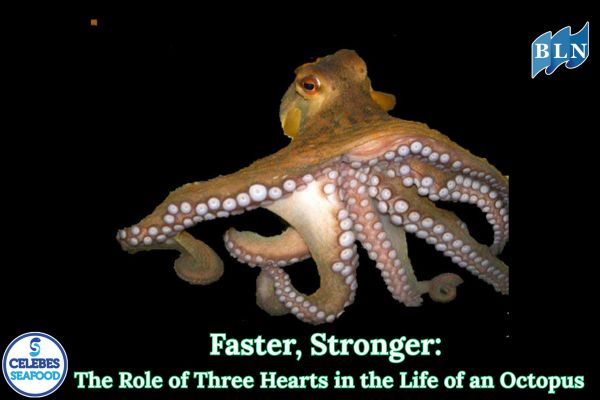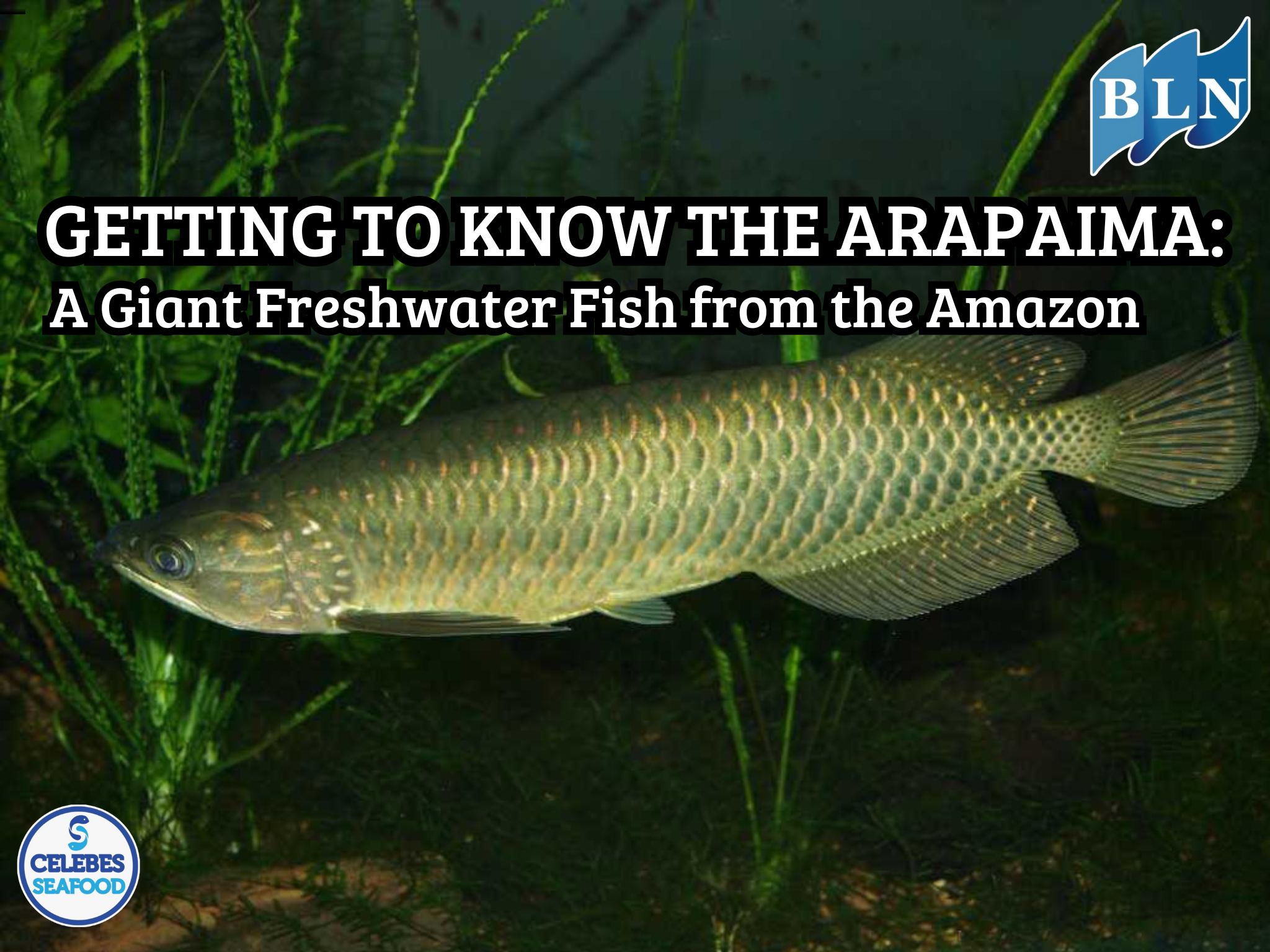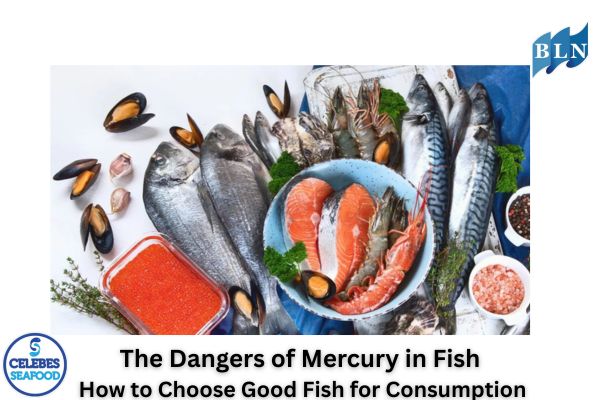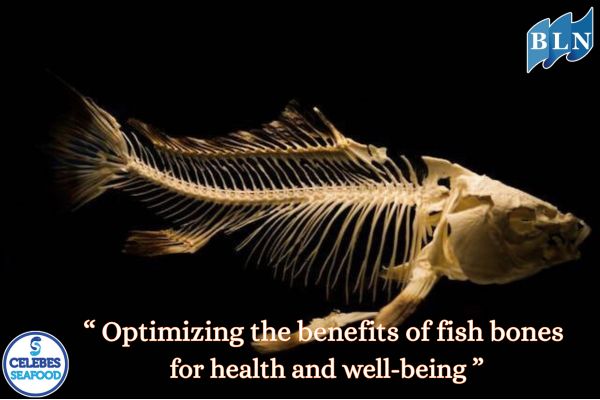Unveiling the Mysteries of Fish Migration and Reproduction: A Long Journey for Survival
By. Tri - 29 Apr 2025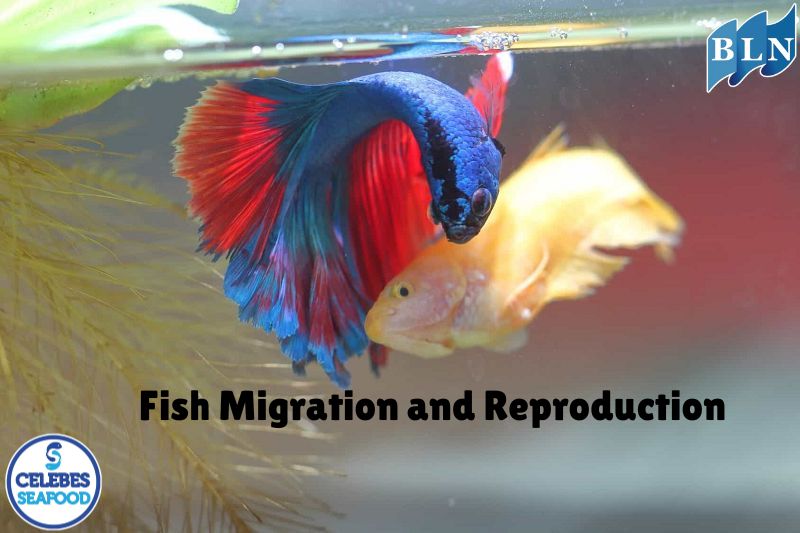
lautnusantara.com_ The oceans and freshwater bodies of Earth hold a wealth of mysteries, one of the most compelling being the epic journeys undertaken by various fish species: migration and reproduction. More than just a change of location, migration for fish is often an inseparable part of their reproductive cycle. This phenomenon is not only astonishing in terms of navigation and physical endurance but is also crucial for the survival of species and the balance of aquatic ecosystems. Let's delve deeper into the mysteries behind this long journey for the sake of future generations.
Why do fish willingly travel hundreds, even thousands, of kilometers, traversing strong currents and facing numerous predators? The answer lies in the vital need for survival and successful reproduction. Some species, like salmon, undertake anadromous migrations, spending most of their lives in the sea before returning to the freshwater rivers where they were born to spawn. This journey is fraught with challenges, battling powerful river currents and the risk of becoming prey. However, their natal rivers offer an optimal environment for eggs and larvae to develop, with calmer waters and the availability of specific nutrients.
Conversely, the European eel (Anguilla anguilla) performs a remarkable catadromous migration. They spend most of their lives in freshwater across Europe and North Africa before embarking on a long journey across the Atlantic Ocean to the Sargasso Sea to reproduce. Eel larvae then make their way back to freshwater, a journey that can take years. The motivations behind this long-distance migration are still the subject of intensive research but are believed to be linked to specific environmental conditions for spawning and larval development.
Beyond migration for spawning, fish also migrate to forage for food, avoid unfavorable environmental conditions (such as temperature changes or oxygen levels), or seek more suitable habitats for growth. These seasonal movements are often influenced by environmental factors like water temperature, food availability, ocean currents, and lunar cycles.
Fish reproduction itself is a world full of diversity. Some species engage in mass spawning events, releasing millions of eggs and sperm into the water with the hope that a small fraction will be successfully fertilized. This phenomenon often occurs at specific times and locations, triggered by environmental cues such as water temperature or lunar phases. An example is the spawning aggregations of coral reef fish, where hundreds or even thousands of individuals gather in one location to release their gametes.
Other species have developed more complex reproductive strategies. Some fish build nests to protect their eggs, while others exhibit remarkable parental behavior, such as guarding their eggs or even carrying their young in their mouths. Freshwater fish like male Betta build bubble nests at the water's surface to hold fertilized eggs.
Studying fish migration and reproduction is not only scientifically fascinating but also crucial for conservation efforts. Human activities such as dam construction, pollution, and overfishing can disrupt fish migration routes and spawning habitats, ultimately threatening their populations. Understanding when, where, and why fish migrate and reproduce allows us to take appropriate steps to protect their life cycles.
Modern technology plays a vital role in unraveling these mysteries. Small satellite tags attached to fish allow scientists to track their movements on a large scale. Genetic analysis helps identify distinct populations and understand the relationships between spawning grounds and foraging areas. Direct observation in natural habitats, both through diving and the use of underwater robots, provides valuable insights into spawning behavior.
Unveiling the mysteries of fish migration and reproduction is an ongoing journey. The more we learn about these astonishing natural phenomena, the better equipped we will be to protect aquatic biodiversity and ensure the sustainability of these vital resources for future generations. The long journey of fish for love and life is a reminder of the complexity and beauty of the natural world that we must all strive to safeguard,
If you are interested in our product SLIPPER LOBSTER WHOLE ROUND, SLIPPER LOBSTER MEAT, Coral Trout Fillet Skin On,OCTOPUS WHOLE CLEANED FLOWER TYPE please do not hesitate to contact us through email and/or whatsapp.

